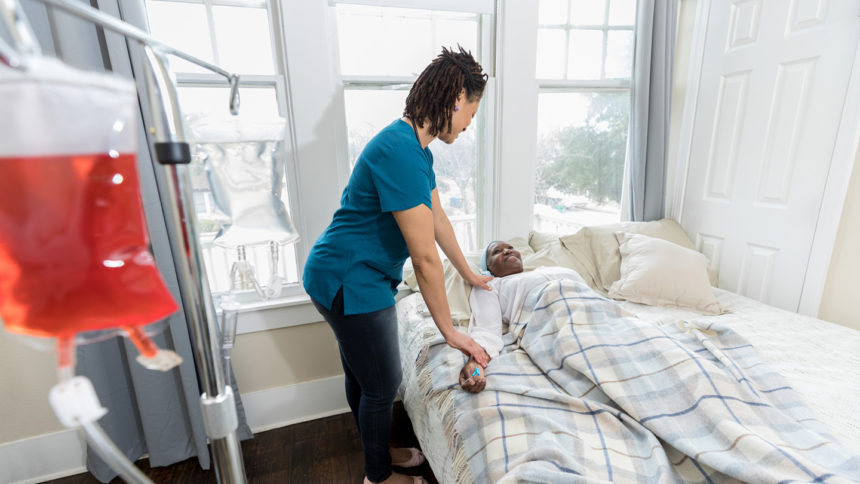

An “exponential” increase in the number of deaths and serious injuries tied to bed rails in assisted living communities and other long-term care facilities has led Minnesota health officials to issue an alert.
The Minnesota Department of Health issued an update on the use of bed rails earlier this year and provided education on bedrail and assistive device safety after documenting five bed rail entrapment deaths and one serious injury in state-licensed facilities since December 2022. The state previously had updated its side rail FAQ for assisted living communities in May 2022.
Due to a high number of state-issued deficiencies against communities, the state requires providers to conduct assistive device assessments to ensure that bed rails do not act as restraints, were installed and maintained properly and meet Food and Drug Administration guidelines.
Three assisted living communities were among operators cited for maltreatment after residents died due to asphyxiation or injuries from bed rails; they included Edgewood Brainerd Senior Living in Brainerd, Arlington Place in Saint Joseph and The Meadows of Wadena Senior Living in Wadena.
Care Providers of Minnesota created a brochure designed to help assisted living communities and their residents better understand the potential risks and benefits resulting from the use of side rails.
“We developed it at provider requests, who needed something to share with families insisting on bed rails even if there were indications they would be at higher risk,” CEO Patti Cullen told McKnight’s Senior Living.
The association also published guidance for its members regarding requirements that assisted living providers have regardless of who owns or installed the rails. The guidance calls for an assessment on the purpose and safety of side trails, verification that the devices meet FDA guidance and are installed with manufacturer’s recommendations, a check to see whether there are any recalls, and documentation of discussions with residents and their families on the risks and benefits of the devices.
LeadingAge Minnesota released an assisted living toolkit about the use of side rails. The association worked with nurse partners to develop tools to assist members with side rail assessments in assisted living settings.
The tool notes that device assessments must be done every 90 days or with a change in the device, and the assessments must include resident cognitive status, resident physical status, why the bed rail is needed, what the risk of entrapment is,a review of the risks and benefits of bed rails and of alternative interventions, and measurements to confirm the correct size for the situation or that bed rails are installed according to manufacturer guidelines.
LeadingAge MN Vice President of Clinical Services and Nurse Consultant Kari Everson told McKnight’s Senior Living that the association partnered with state regulators and members earlier this year to develop the bed rail and assistive device assessment and sample policy. The organization also regularly educates providers about bed rail risks and will continue to reinforce best practices to ensure the highest level of care and safety for residents, she said.
“Many advise against using these devices entirely, as they add a false sense of security for residents and their families,” Everson said. “Nevertheless, if a resident and their family choose to use a side rail despite the concerns, providers take steps to assess cognitive and physical status of the resident, entrapment risk and restraint determination, installation per manufacturer’ guidelines, understanding of the risk by the resident and their loved ones, and risks, benefits and alternative interventions.”
According to the state, assisted living residents have the right to make decisions about their living area, so it is possible that a bed rail will be installed by the resident or his or her family. Once a bed rail is installed, providers are responsible for knowing whether the equipment is safe and appropriate. And if a provider concludes that bed rails are not safe for the resident, it can offer alternatives to residents and their families, as well as discuss safety risks.
The Consumer Product Safety Commission updated its guidance this summer on when and how to use bed rails, based on 284 entrapment deaths that occurred between January 2003 and December 2021. Its safety standard establishes a mandatory performance requirement and test procedure with the goal of reducing the entrapment risk of using adult portable bed rails. It also requires all adult portable bed rails to comply with the performance and testing requirements.


